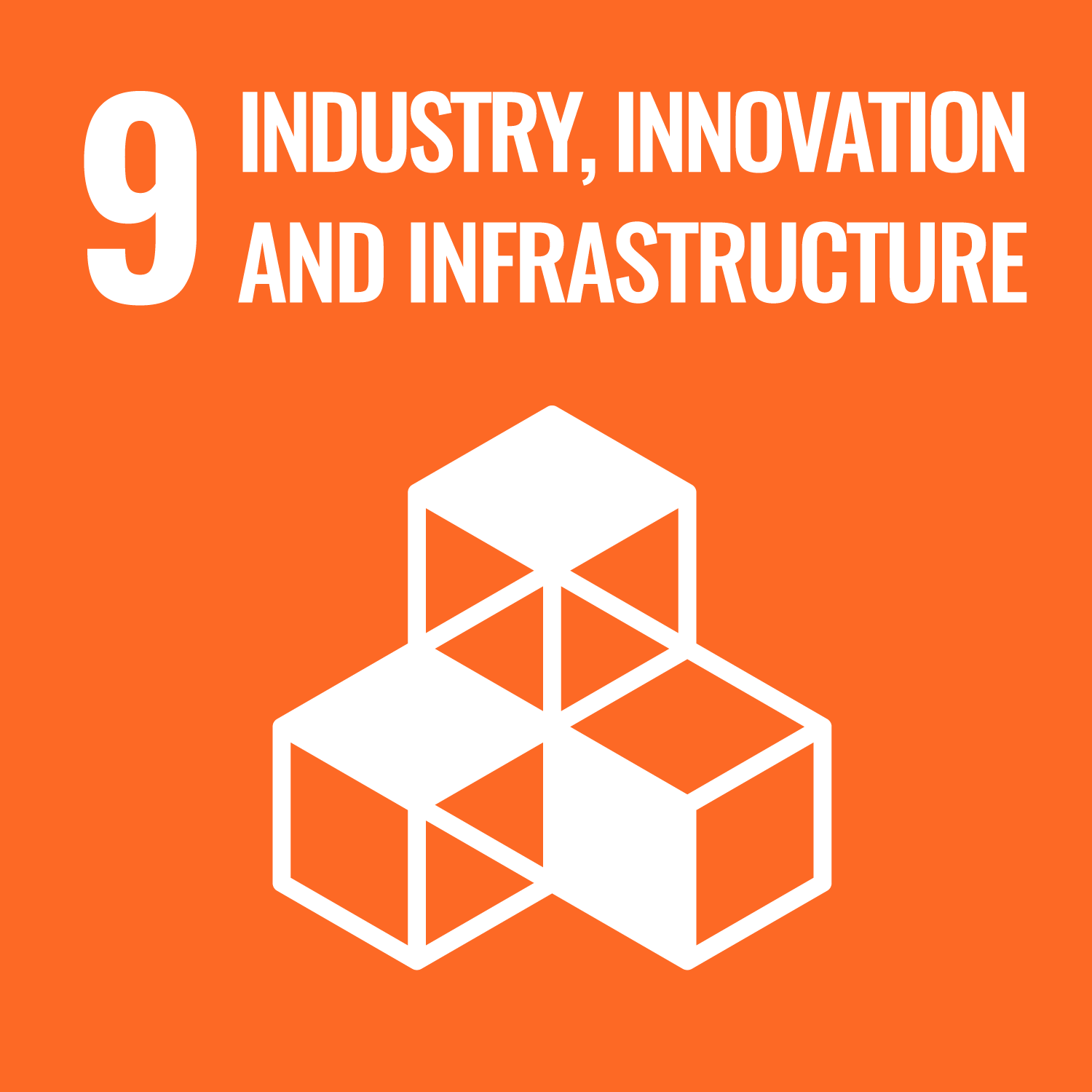SDG Detail
BIOSCI 741 : Applied Microbiology and Biotechnology
Postgraduate courseProject description
Historical overview of the development of industrial microbiology. Diversity and complexity of applications. Biodiversity of fermentations. Microbial metabolism and the assimilation of carbon, nitrogen, and sulphur. Interconnections between catabolic and biosynthetic pathways. Metabolic considerations in continuous culture. Selection, isolation and construction of useful organisms. Manipulation of growth conditions to optimise process yield. Contemporary examples of industrial processes using microbes. A sound understanding of BIOSCI 348 or equivalent is assumed. The application of microbes to enhance our everyday lives is widespread throughout society. This course, based on scientific literature and selected modern applications, aims to stimulate and structure individual learning by introducing students to contemporary thinking on selected topics within three broad areas of applied microbiology and biotechnology: industrial biotechnology, environmental biotechnology and medical biotechnology. A sound background in general microbiology, microbial metabolism, protein biochemistry and genomics are expected. Students can expect to develop skills in locating, summarising, critically interpreting and communicating scientific literature. A remote version of the course will be provided to students located overseas.
Project aims
?
Project outcome
By the end of this course, students will be able to: Describe how microorganisms can be utilised for different biotechnological purposes and the regulatory requirements required (Capability 1 and 5) Critically analyse information and research data to identify knowledge gaps and suggest solutions in the microbial biotechnology space (Capability 1, 2, 3 and 4) Develop skills to effectively communicate complex scientific concepts and ideas in a range of formats appropriate for different audiences (Capability 1, 2, 3 and 4)
Related SDGs
The corresponding sustainable development goals correlated with this project. You you click the icon to link to SDG category description page.









